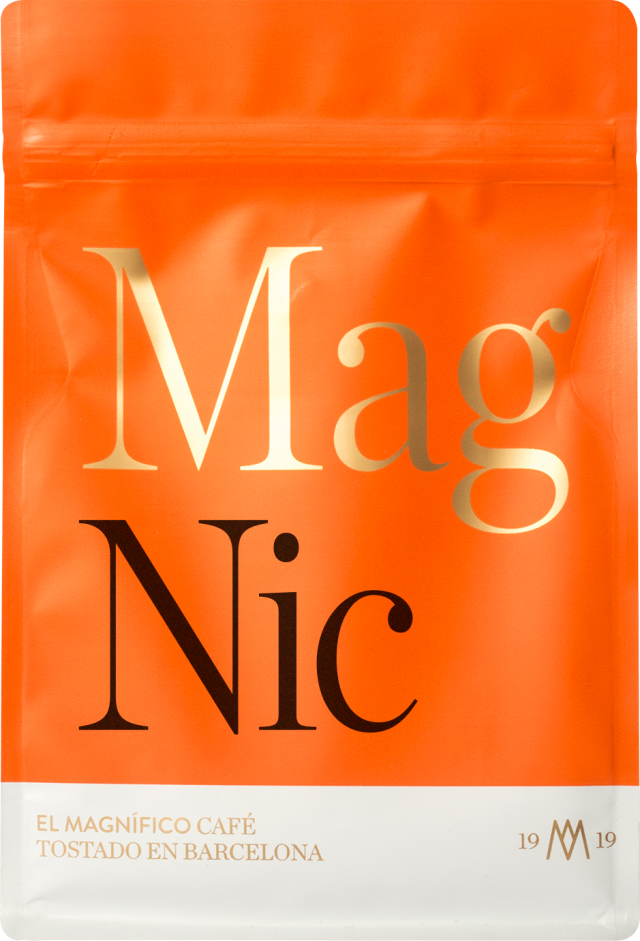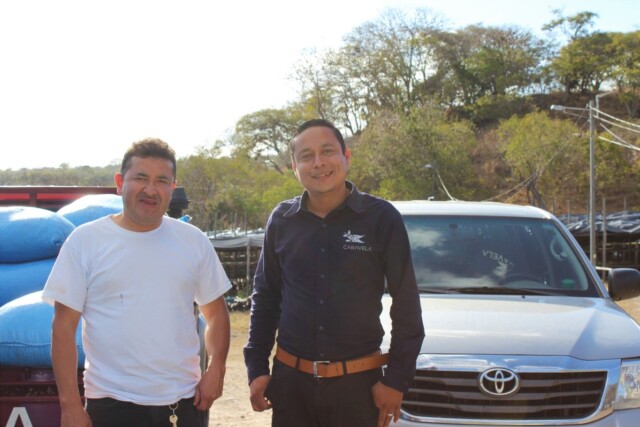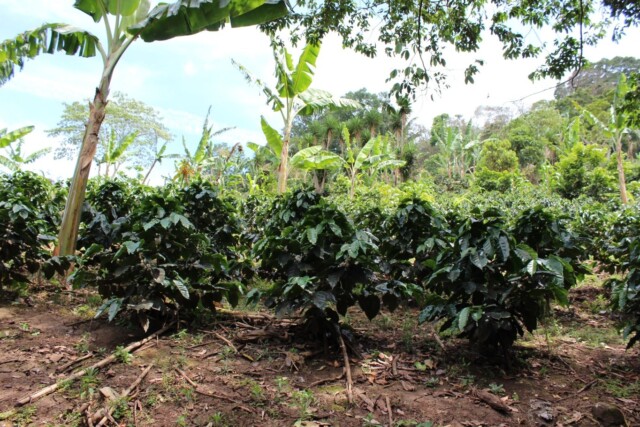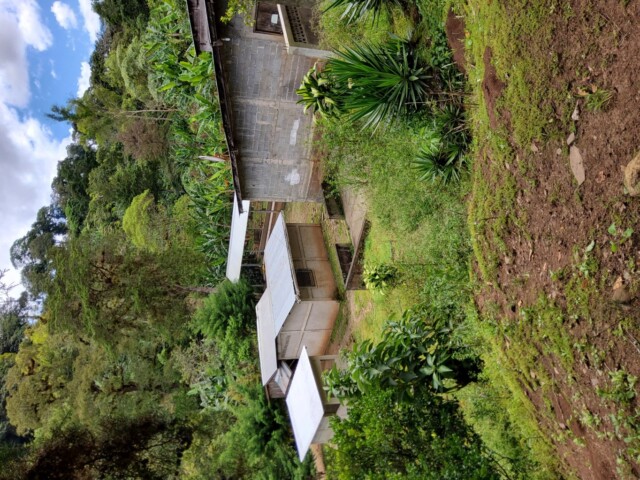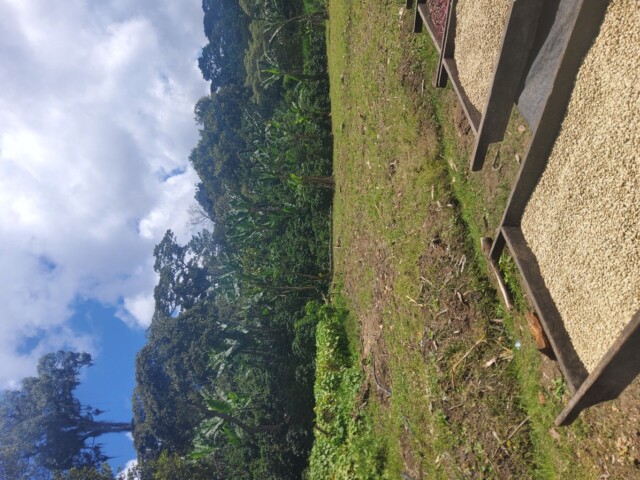Nicaragua Los Pocitos
The Farm
The Los Pocitos farm was initially part of a large land of 210 hectares, owned by the Estatanges Family. In 1980 the land was confiscated by the government and they divided it to create the Mauricio Altamiro Copperativa. In the 90s the government tried to compensate the former owners by returning part of the property to the Estatanges family, but many sold part of their land. It was then that in 2009 Edwin Burgos acquired 35 hectares of land on which he planted coffee.
Edwin decided to call the farm Los Pocitos in honor of the history of the land. When he started working on the farm he realized that the land was very damaged and he knew it would be a difficult task but he did not give up. With great effort he managed to renew the entire coffee plantation by planting traditional varieties with the certainty that it would be more likely to produce quality coffees in this way.
Today he continues with regular production and a considerable increase since he started the farm. On the other hand, he has implemented new infrastructure and implemented more appropriate processes for greater quality in a constant cup, harvest after harvest.
Process Method
Only the ripe cherries are harvested and then they are taken to the depulper. In them the pulp is eliminated and the coffee passes through some water channels until it reaches the fermentation tanks. In order to eliminate the mucilage, the coffee is submerged in water for approximately 24 hours. After this time, the coffee goes through some channels of water to finish removing the mucilage that may have adhered to the bean. The coffee is then dried on patios, raised stretchers or canopies.
Once the humidity reaches 11%, the coffee is taken to the Federation Cooperative where the batches are outlined one by one to mix the coffees.
.
Origin
While many Central American countries were discovered as specialty coffee producers during the 1980s, Nicaragua was still unknown in the industry at the time. Political and economic difficulties during this period, such as the turbulent dictatorships, the Sandinista revolutions, the civil war and the communist era, created a high degree of political instability and corruption that affected Nicaragua’s productive sector, including the coffee industry.
During the Sandinista government, strict economic control forced farmers to sell at very low prices, resulting in an inability to reinvest in their farms. This led the quality of coffee production to low levels. This came to an end with the Sandinista government during the 1990s, when free elections were held. Peace assumed political and economic control, and new incentives emerged for capital to flow into the coffee industry.
New programs have been created that have pushed coffee growers towards innovative production and processing techniques, raising the quality of their coffee and making Nicaragua an important player in the specialty coffee industry.
Most of the coffee in Nicaragua comes from three regions within the northern central mountains: Jinotega, Matagalpa and Nueva Segovia. Jinotega is the largest producer, followed by Matagalpa and Nueva Segovia, and all produce delicious coffees with their own characteristics.
Nicaragua adhered to the Cup of Excellence program in 2002, which helped the country’s international image as a producer of quality coffees. Our director Salvador Sans participated in that contest (also in 2012) and bought part of the winning lot.
13,50 € – 54 €
Free shipping from €40 purchase